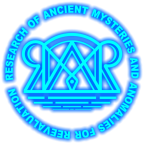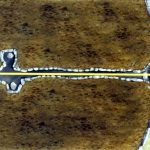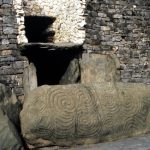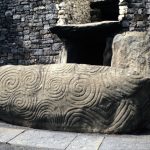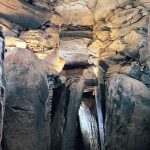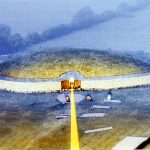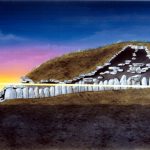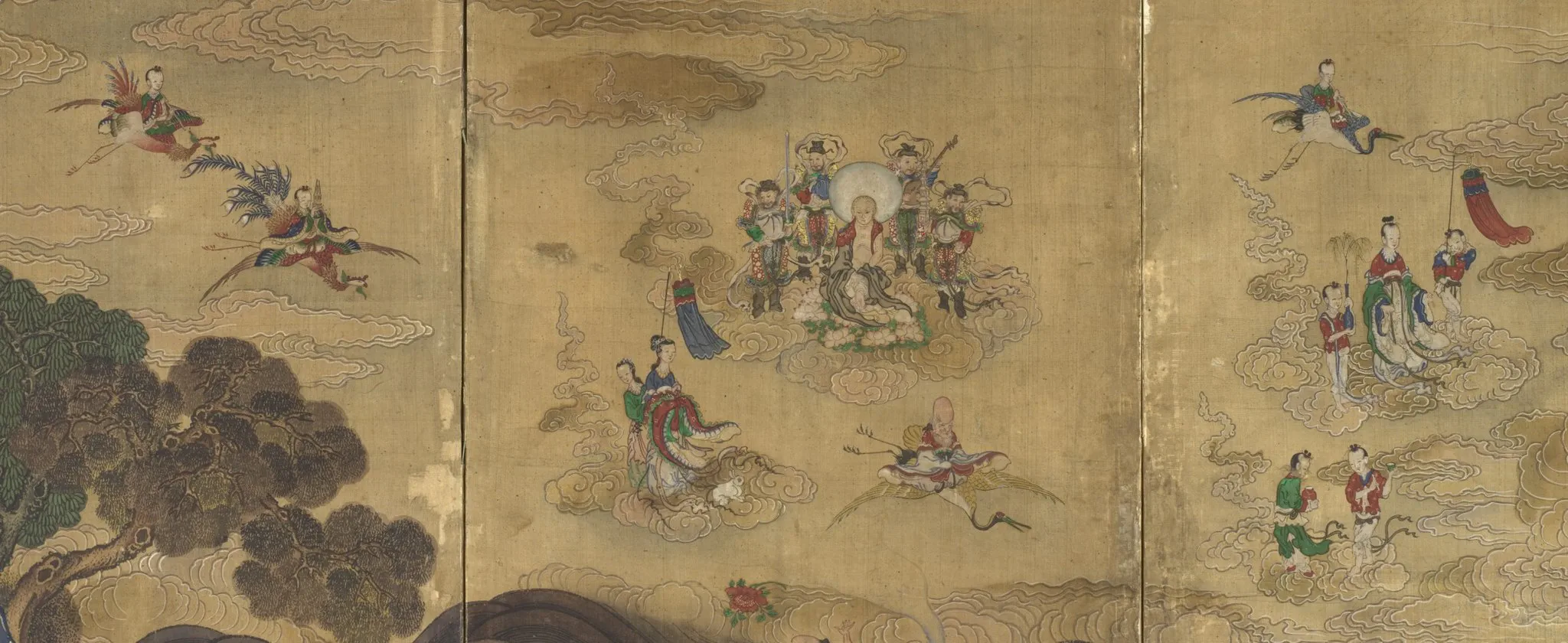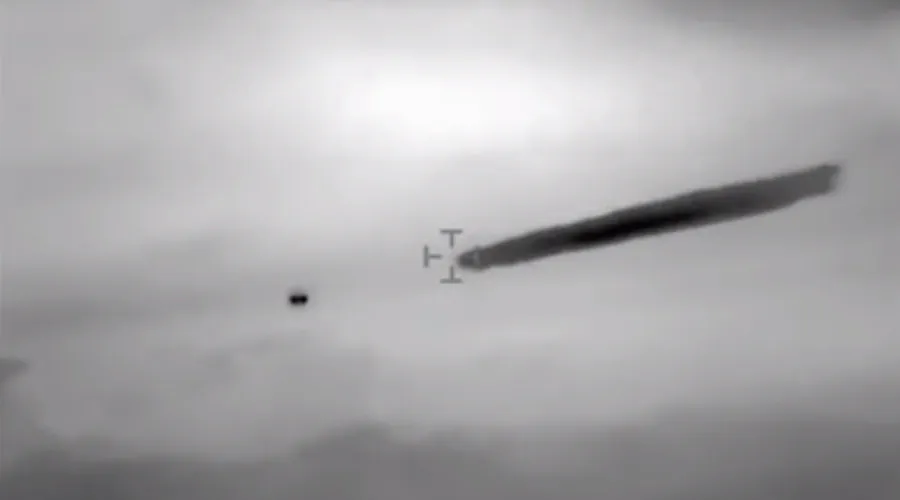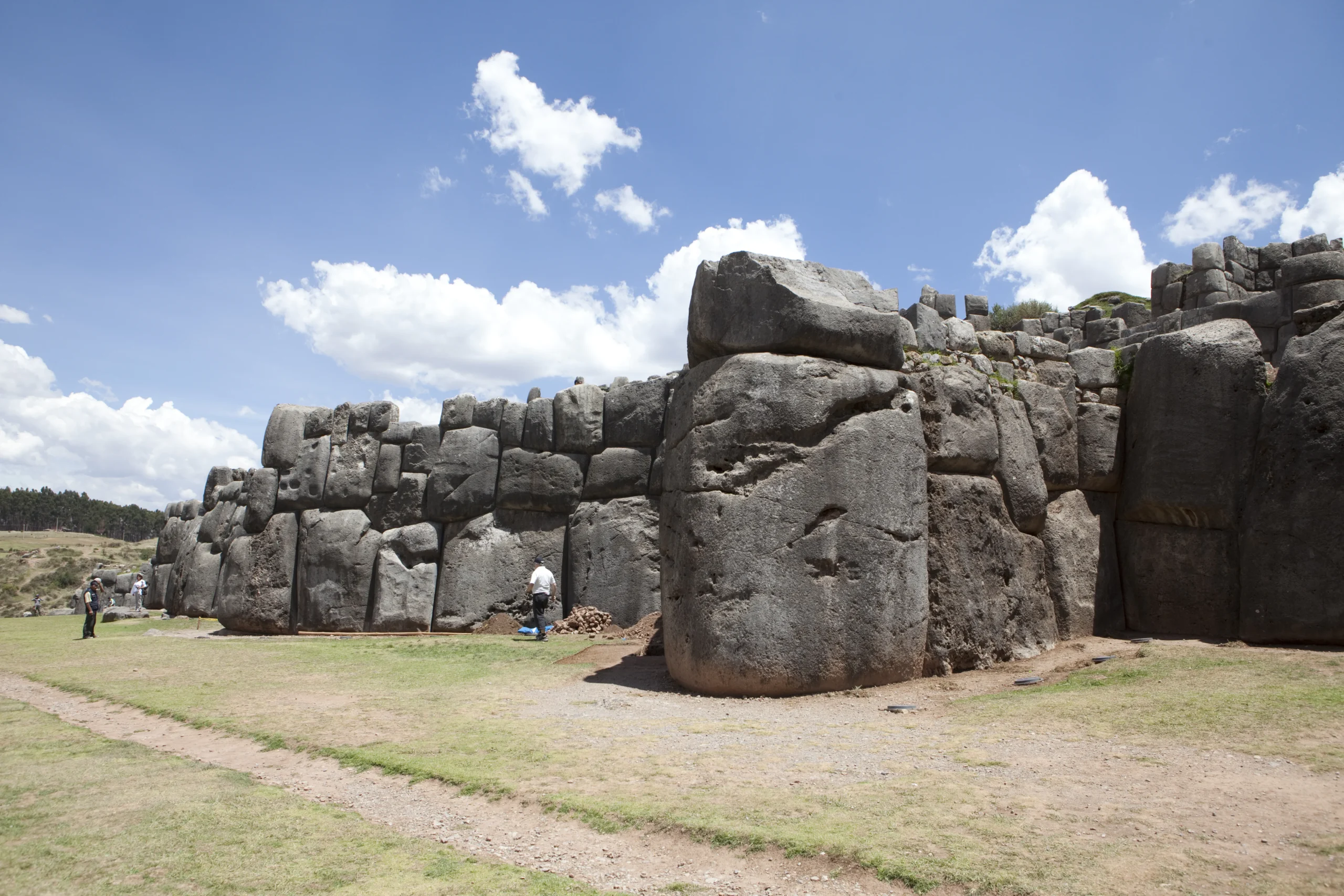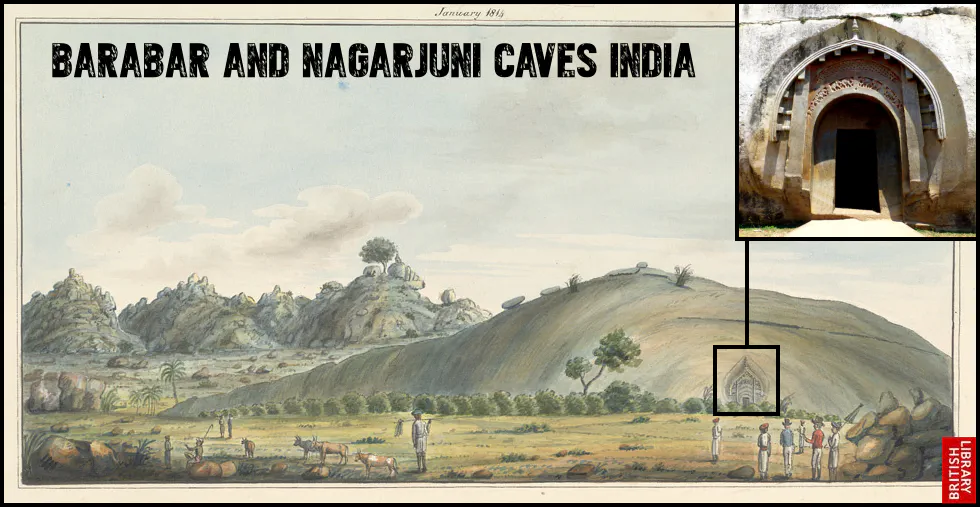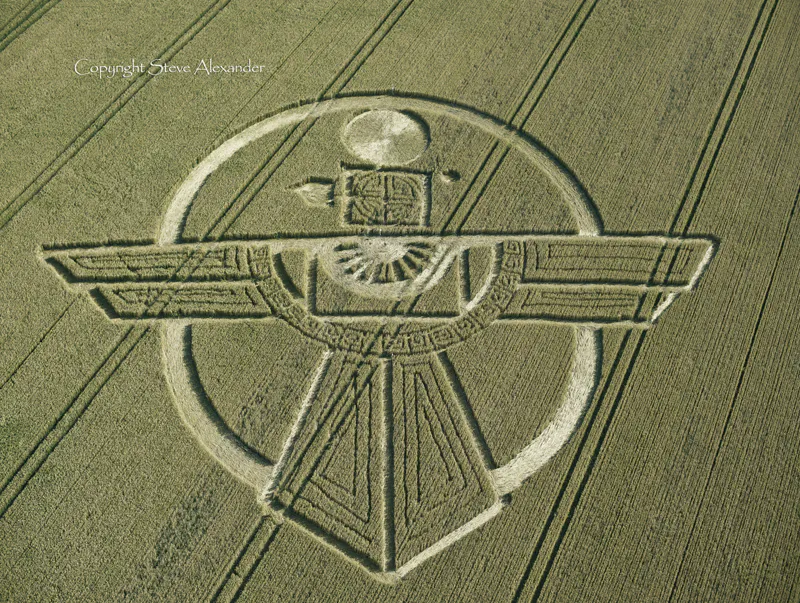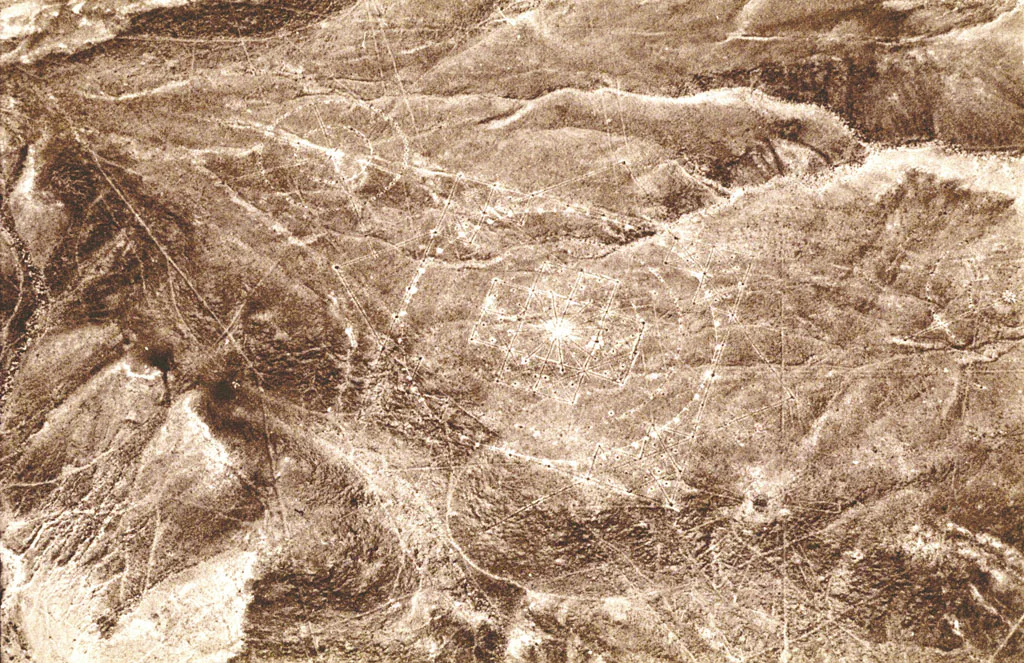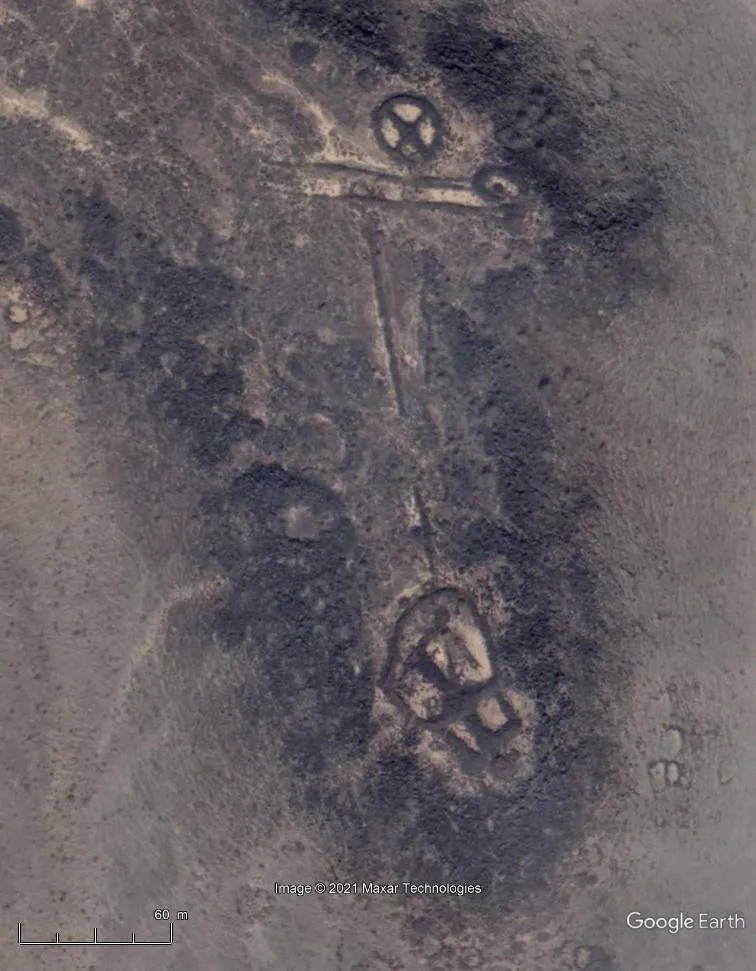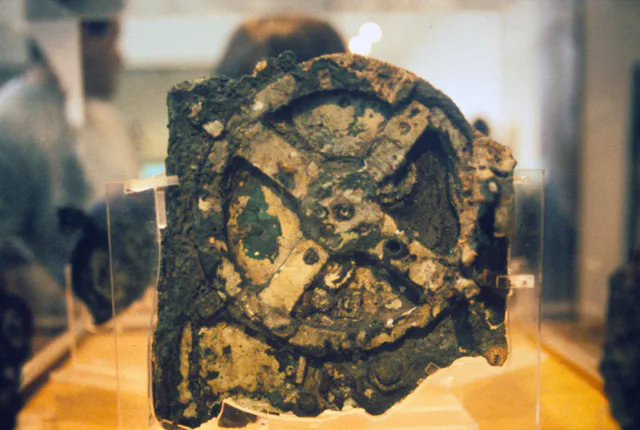Newgrange
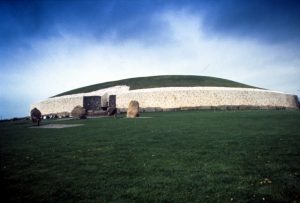 Real X-File ID: 1539
Real X-File ID: 1539
Report Date: 10/11/2016
Country: Ireland
Place: Newgrange
Fingerprints: Traces of ancient advanced engineering-skills, Traces of ancient advanced technology, Traces of ancient advanced astronomical knowledge
Existing Facts Sources: Book
Summary Report:
Newgrange is a large Neolithic passage tomb in County Meath, Ireland, on the River Boyne. In terms of type, it is a Passage Tomb with a cruciform chamber and cantilever vault, which is not common, but also occurs in Knowth, on Anglesey and in Orkney. Newgrange is located above a wide bend in the river in one of the most fertile and therefore intensively farmed areas of Ireland. The site was built around 3150 BC, well before the ancient egyptian cutlure. It is one of the most important megalithic sites in the world. The site has a diameter of a good 90 meters. The mound consists mainly of stone and sod, bordered by a fixing stone ring, which, according to scientists, was originally a three-meter high wall of granite and on the access side of white quartzite. It was reconstructed accordingly after the excavation. There are indications that formerly the whole complex was surrounded by an ornamented stone ring. Of this, however, only twelve stones are still evident.
In 1969, research leader Professor Michael J. OKelly of Cork University discovered an artificially recessed rectangular opening just 20 centimeters wide above the two entrance monoliths and in the book “Grüsse aus der Steinzeit”, Erich von Däniken reports the following about the discoveries of Professor Michael J. O Kelly: “… On the day of the winter solstice of the year 1969 – and one year later again – OKelly sat down in the rearmost part of the vault. At exactly 9:45 a.m., the upper edge of the sun appeared on the horizon, and at 9:58 a.m., the first streak of direct sunlight showed through the narrow opening above the entrance roof. The sunbeam then extended along the passage into the burial chamber until the beam reached the edge of the basin stone in the niche. As the beam of light broadened into a 17-centimeter band and poured across the chamber floor, the tomb was so dramatically illuminated by the reflection that various details of both the side chambers and the dome roof were clearly visible. At 10:04 a.m., the band of light began to narrow, and at precisely 10:25 a.m., the beam of light was abruptly cut off. So, during 21 minutes, at sunrise of the shortest day of the year, sunlight penetrates directly into the burial chamber of Newgrange. Not through the entrance, but through a specially constructed narrow slit above the entrance roof to the passage…”.
Newgrange is also surrounded by legends and myths and in the publication “Cu Chulainn Champion of Ulster” from the website “discoveringireland.com and in the book “Louth Folk Tales” from Doreen McBride (The History Press, Dublin, 2015) we can find the following: “According to legend, the great Irish hero Cu Chulainn (“Dog of Culann”), whose exploits are recounted in the Ulster Cycle, was conceived or born in Newgrange. He is said to have been a son of the sun god Lugh and the legendary figure Deichtire.”.
Robert Fischer mentions the following in the publication “Die keltsische Religion in Irland und ihre Beeinflussung durch die Christianisierung” (univie.ac.at): “Another legend tells that after the conquest of the island by the Milesians, the Dagda of the mythical Tuatha De Danann awarded one elven mound each to the remaining gods, and his son Aengus Mac Oc henceforth used the largest of the mounds (Bruig na Boinne, the tumulus of Newgrange) as a dwelling place.”.
Newgrange is a very mysterious site which clearly shows very advanced construction techniques as well as astronomical alignments. How was it planned and constructed in the stone age and where did the ancient culture who built it got their astronomical knowledge from?
Google Streetview: Google Streetview
Links:
Facts Source Details:
Details of Book: Grüsse aus der Steinzeit,Erich von Däniken,Kopp Verlag,08/01/2010
Pictures:
